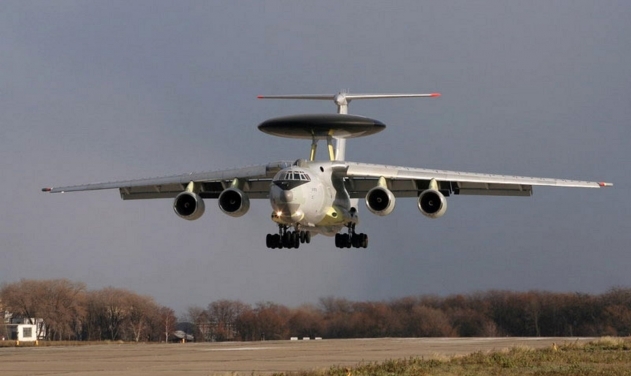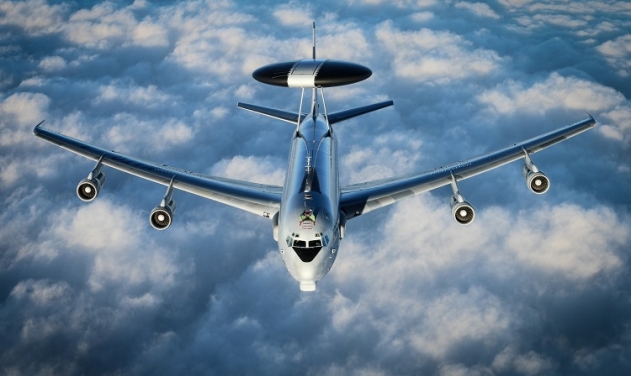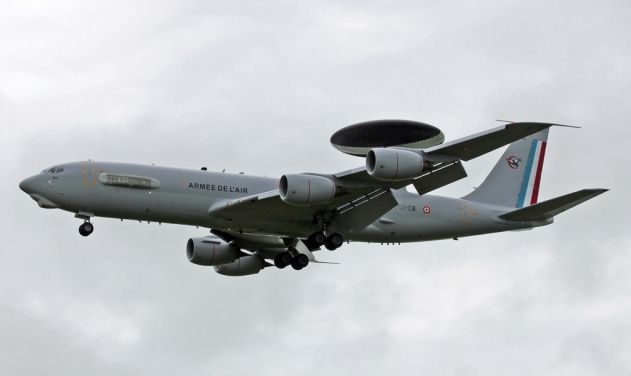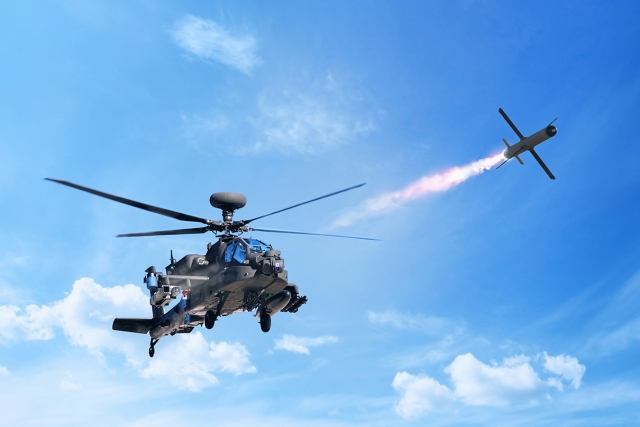First Combat Deployment Of Indian-made AWACS: Reports
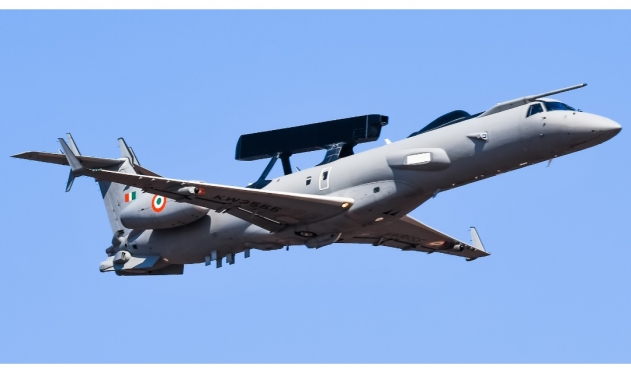
India today deployed an indigenously-made Airborne Early Warning and Control System (AEWACS) mounted on an Embraer aircraft in the aerial strike against terror group based in Pakistan-occupied Kashmir making it the first time such a system has been used in combat by the Indian Air Force (IAF).
The IAF on Tuesday carried out pre-dawn air strikes on terror camps in Balakot, Muzaffarabad and Chakoti, across the Line of Control (the unofficial border between India and Pakistan in Kashmir region) using 12 Dassault Mirage 2000 single-engine multirole fighter jets guided by Heron UAVs and an Embraer EMB-145 AWACS aircraft, various media reported.
The Embraer AWACS were deployed to help the IAF carry out surveillance on enemy Air Defence systems and warn the attacking jets to track any Pakistani fighter jets which could have been deployed to fend off the IAF Mirage planes.
The Airborne Early Warning and Control (AEW&C) System is developed by India’s Defense Research and Development Organisation (DRDO) and Centre for Airborne Systems (CABS). It is also referred to as DRDO NETRA AEW&CS system, commonly referred to as “the eye in the sky.” The system is mounted on Embraer EMB-145 aircraft which had been procured at the cost of $300 million (INR 21 billion) a few years ago.
On Twitter, many military aviation watchers claimed to have noticed the AEW&C mounted aircraft hovering over New Delhi during the purported strike and could have been used for coordinating the Mirage 2000 fighters’ attack.
Mission system control (MSC) of the AEW&C system incorporates all the data from sensors to enable control of the target airspace. It assesses threats using data received from the on-board sensors and other sources, and presents the Air Situation Picture (ASP).
The system mainly comprises of a primary active electronically scanned array (AESA) radar and secondary surveillance radar (SSR/IFF). The SSR provides Electronic Support Measures (ESM) and Communication Support Measures (CSM) that identifies and classifies the threats based on the emissions from them. It also serves as a Friend or Foe identification system. The surveillance aircraft is also equipped with an air-to-air refuelling probe for longer endurance (upto 9 hours with one air-to-air refuelling).
The Radar Warning Receiver (RWR) which is integrated into the ESM system, Missile Approach Warning System (MAWS) and Counter Measures Dispensing system (CMDS) forms a Self Protection Suite (SPS). Data Handling and Display System (DHDS) will present the Air Situation Picture on Operator Work Station (OWS) and will provide communication facilities to interact with the system.
Israel Aerospace Industries’ (IAI’s) Heron medium-altitude long-endurance unmanned aerial vehicle (MALE-UAV) was also used in the operation, according to some media reports.
The Heron drone can stay airborne up to 52 hours at up to 10.5 km. The UAV can carry different types of sensors, thermographic camera (infrared) and visible-light airborne ground surveillance, intelligence systems (COMINT and ELINT) and various radar systems, totalling up to 250 kg. The Heron also helps the army in target acquisition for artillery guns.
